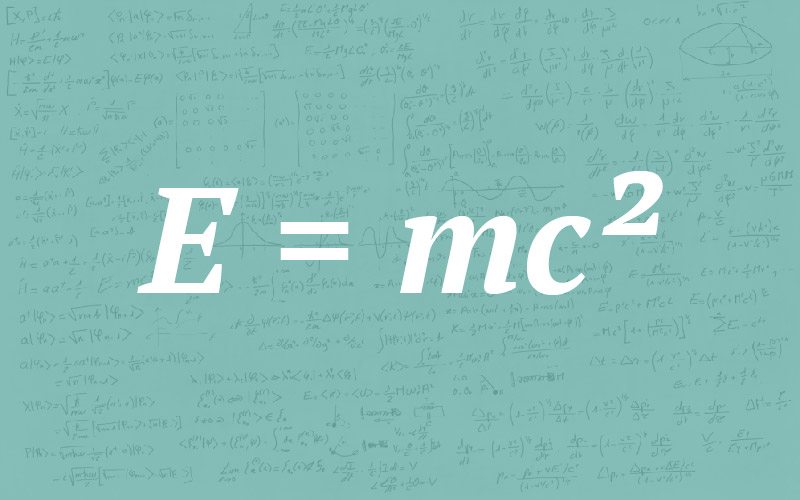Einstein’s Theory of Relativity
Easily considered one of the greatest geniuses in human history, Albert Einstein was a brilliant mathematician and physicist who proposed his two-fold theories of general relativity and special relativity. After Sir Isaac Newton’s discoveries and contributions to the field of physics in the 18th century, many scientists had difficulty reconciling new observations about gravity, mass, energy, and how these forces interact with the limitations of Newton’s theories. In a revolutionary new perspective, Einstein developed a theory which integrated time as well as space and consequently liberated physics from a one-dimensional understanding.
The mathematical equation most readily associated with Einstein’s theories of relativity is his “mass-energy equivalence,” expressed as:
E = mc2
This equation is a part of Einstein’s theory of special relativity and is dependent on the constant speed of light, expressed as “c” in the equation. Basically, the mass-energy equivalence describes how particles that contain mass are sums of their different energies. It theorizes that as a mass approaches the speed of light, it will also approach a transformation into pure energy.
Einstein’s mass-energy equivalence therefore states that the energy of an object or system (called “e” in the equation”) is equal to the mass of the object or system (called “m”) multiplied by the squared speed of light. Mathematicians have found this to remain true whether an object is at rest or moving, and scientists have applied this formula to a number of different types of masses and energies. It is believed that Einstein’s mass-energy equivalence may explain nuclear processes, as studied in the field of quantum physics, but the debate continues.
Expand your knowledge universe in just 5 minutes a day via bite-sized email courses.
Share with friends:

